-
Executive Summary
-
Scope of the Report
-
Market Definition
-
Scope of the Study
- Research Objectives
- Assumptions & Limitations
-
Market Structure
-
Market Research Methodology
-
Research Process
-
Secondary Research
-
Primary Research
-
Forecast Model
-
Market Landscape
-
Supply Chain Analysis
- Packaging Type Suppliers
- Manufacturers/Producers
- Distributors/Retailers/Wholesalers/E-Commerce
- End Users
-
Porter’s Five Forces Analysis
- Threat of New Entrants
- Bargaining Power of Buyers
- Bargaining Power of Suppliers
- Threat of Substitutes
- Internal Rivalry
-
Market Dynamics of the Global Carbonated Soft Drinks Market
-
Introduction
-
Drivers
-
Restraints
-
Opportunities
-
Challenges
-
Global Carbonated Soft Drinks Market, by Flavor
-
Introduction
-
Cola
- Market Estimates & Forecast, 2024-2030
- Market Estimates & Forecast, by Region, 2024-2030
-
Lemon & Lime
- Market Estimates & Forecast, 2024-2030
- Market Estimates & Forecast, by Region, 2024-2030
-
Orange
- Market Estimates & Forecast, 2024-2030
- Market Estimates & Forecast, by Region, 2024-2030
-
Others
- Market Estimates & Forecast, 2024-2030
- Market Estimates & Forecast, by Region, 2024-2030
-
Global Carbonated Soft Drinks Market, by Packaging Type
-
Introduction
-
Bottles
- Market Estimates & Forecast, 2024-2030
- Market Estimates & Forecast, by Region, 2024-2030
-
Cans
- Market Estimates & Forecast, 2024-2030
- Market Estimates & Forecast, by Region, 2024-2030
-
Global Carbonated Soft Drinks Market, by Distribution Channel
-
Introduction
-
Store-Based
- Hypermarkets & Supermarkets
- Convenience Stores
- Others
-
Non-Store-Based
- Market Estimates & Forecast, 2024-2030
- Market Estimates & Forecast, by Region, 2024-2030
-
Global Carbonated Soft Drinks Market, by Region
-
Introduction
-
North America
- Market Estimates & Forecast, 2024-2030
- Market Estimates & Forecast, by Flavor, 2024-2030
- Market Estimates & Forecast, by Packaging Type, 2024-2030
- Market Estimates & Forecast, by Distribution Channel, 2024-2030
- US
- Canada
- Mexico
-
Europe
- Market Estimates & Forecast, 2024-2030
- Market Estimates & Forecast, by Flavor, 2024-2030
- Market Estimates & Forecast, by Packaging Type, 2024-2030
- Market Estimates & Forecast, by Distribution Channel, 2024-2030
- Germany
- France
- Italy
- Spain
- UK
- Rest of Europe
-
Asia-Pacific
- Market Estimates & Forecast, 2024-2030
- Market Estimates & Forecast, by Flavor, 2024-2030
- Market Estimates & Forecast, by Packaging Type, 2024-2030
- Market Estimates & Forecast, by Distribution Channel, 2024-2030
- China
- India
- Japan
- Australia & New Zealand
- Rest of Asia-Pacific
-
Rest of the World
- Market Estimates & Forecast, 2024-2030
- Market Estimates & Forecast, by Flavor, 2024-2030
- Market Estimates & Forecast, by Packaging Type, 2024-2030
- Market Estimates & Forecast, by Distribution Channel, 2024-2030
- South America
- Middle East
- Africa
-
Company Landscape
-
Introduction
-
Market Strategy
-
Key Development Analysis
-
(Expansions/Mergers & Acquisitions/Joint Ventures/Product Developments/Agreements/Investments)
-
Company Profiles
-
PepsiCo, Inc.
- Company Overview
- Financial Updates
- Product/Business Segment Overview
- Strategy
- Key Developments
- SWOT Analysis
-
The Coca-Cola Company
- Company Overview
- Financial Updates
- Product/Business Segment Overview
- Strategy
- Key Developments
- SWOT Analysis
-
Postobón S.A.
- Company Overview
- Financial Updates
- Product/Business Segment Overview
- Strategy
- Key Developments
- SWOT Analysis
-
National Beverage Corp.
- Company Overview
- Financial Updates
- Product/Business Segment Overview
- Strategy
- Key Developments
- SWOT Analysis
-
Cott Corporation
- Company Overview
- Financial Updates
- Product/Business Segment Overview
- Strategy
- Key Developments
- SWOT Analysis
-
F&N Foods Pte Ltd
- Company Overview
- Financial Updates
- Product/Business Segment Overview
- Strategy
- Key Developments
- SWOT Analysis
-
Bickford’s Australia Pty Ltd
- Company Overview
- Financial Updates
- Product/Business Segment Overview
- Strategy
- Key Developments
- SWOT Analysis
-
Suntory Holdings Ltd.
- Company Overview
- Financial Updates
- Product/Business Segment Overview
- Strategy
- Key Developments
- SWOT Analysis
-
Reeds Inc.
- Company Overview
- Financial Updates
- Product/Business Segment Overview
- Strategy
- Key Developments
- SWOT Analysis
-
Keurig Dr Pepper Inc.
- Company Overview
- Financial Updates
- Product/Business Segment Overview
- Strategy
- Key Developments
- SWOT Analysis
-
The Asahi Group
- Company Overview
- Financial Updates
- Product/Business Segment Overview
- Strategy
- Key Developments
- SWOT Analysis
-
Tru Blu Beverages
- Company Overview
- Financial Updates
- Product/Business Segment Overview
- Strategy
- Key Developments
- SWOT Analysis
-
Appalachian Brewing Company
- Company Overview
- Financial Updates
- Product/Business Segment Overview
- Strategy
- Key Developments
- SWOT Analysis
-
Jones Soda Co.
- Company Overview
- Financial Updates
- Product/Business Segment Overview
- Strategy
- Key Developments
- SWOT Analysis
-
Britvic Soft Drinks Limited
- Company Overview
- Financial Updates
- Product/Business Segment Overview
- Strategy
- Key Developments
- SWOT Analysis
-
Conclusion
-
List of Tables
-
Global Carbonated Soft Drinks Market, by Region, 2024-2030 (USD Million)
-
Global Carbonated Soft Drinks Market, by Flavor, 2024-2030 (USD Million)
-
Global Carbonated Soft Drinks Market, by Packaging Type, 2024-2030 (USD Million)
-
Global Carbonated Soft Drinks Market, by Distribution Channel, 2024-2030 (USD Million)
-
North America: Carbonated Soft Drinks Market, by Country, 2024-2030 (USD Million)
-
North America: Carbonated Soft Drinks Market, by Flavor, 2024-2030 (USD Million)
-
North America: Carbonated Soft Drinks Market, by Packaging Type, 2024-2030 (USD Million)
-
North America: Carbonated Soft Drinks Market, by Distribution Channel, 2024-2030 (USD Million)
-
US: Carbonated Soft Drinks Market, by Flavor, 2024-2030 (USD Million)
-
US: Carbonated Soft Drinks Market, by Packaging Type, 2024-2030 (USD Million)
-
US: Carbonated Soft Drinks Market, by Distribution Channel, 2024-2030 (USD Million)
-
Canada: Carbonated Soft Drinks Market, by Flavor, 2024-2030 (USD Million)
-
Canada: Carbonated Soft Drinks Market, by Packaging Type, 2024-2030 (USD Million)
-
Canada: Carbonated Soft Drinks Market, by Distribution Channel, 2024-2030 (USD Million)
-
Mexico: Carbonated Soft Drinks Market, by Flavor, 2024-2030 (USD Million)
-
Mexico: Carbonated Soft Drinks Market, by Packaging Type, 2024-2030 (USD Million)
-
Mexico: Carbonated Soft Drinks Market, by Distribution Channel, 2024-2030 (USD Million)
-
Europe: Carbonated Soft Drinks Market, by Country, 2024-2030 (USD Million)
-
Europe: Carbonated Soft Drinks Market, by Flavor, 2024-2030 (USD Million)
-
Europe: Carbonated Soft Drinks Market, by Packaging Type, 2024-2030 (USD Million)
-
Europe: Carbonated Soft Drinks Market, by Distribution Channel, 2024-2030 (USD Million)
-
Germany: Carbonated Soft Drinks Market, by Flavor, 2024-2030 (USD Million)
-
Germany: Carbonated Soft Drinks Market, by Packaging Type, 2024-2030 (USD Million)
-
Germany: Carbonated Soft Drinks Market, by Distribution Channel, 2024-2030 (USD Million)
-
France: Carbonated Soft Drinks Market, by Flavor, 2024-2030 (USD Million)
-
France: Carbonated Soft Drinks Market, by Packaging Type, 2024-2030 (USD Million)
-
France: Carbonated Soft Drinks Market, by Distribution Channel, 2024-2030 (USD Million)
-
Italy: Carbonated Soft Drinks Market, by Flavor, 2024-2030 (USD Million)
-
Italy: Carbonated Soft Drinks Market, by Packaging Type, 2024-2030 (USD Million)
-
Italy: Carbonated Soft Drinks Market, by Distribution Channel, 2024-2030 (USD Million)
-
Spain: Carbonated Soft Drinks Market, by Flavor, 2024-2030 (USD Million)
-
Spain: Carbonated Soft Drinks Market, by Packaging Type, 2024-2030 (USD Million)
-
Spain: Carbonated Soft Drinks Market, by Distribution Channel, 2024-2030 (USD Million)
-
UK: Carbonated Soft Drinks Market, by Flavor, 2024-2030 (USD Million)
-
UK: Carbonated Soft Drinks Market, by Packaging Type, 2024-2030 (USD Million)
-
UK: Carbonated Soft Drinks Market, by Distribution Channel, 2024-2030 (USD Million)
-
Rest of Europe: Carbonated Soft Drinks Market, by Flavor, 2024-2030 (USD Million)
-
Rest of Europe: Carbonated Soft Drinks Market, by Packaging Type, 2024-2030 (USD Million)
-
Rest of Europe: Carbonated Soft Drinks Market, by Distribution Channel, 2024-2030 (USD Million)
-
Asia-Pacific: Carbonated Soft Drinks Market, by Country, 2024-2030 (USD Million)
-
Asia-Pacific: Carbonated Soft Drinks Market, by Flavor, 2024-2030 (USD Million)
-
Asia-Pacific: Carbonated Soft Drinks Market, by Packaging Type, 2024-2030 (USD Million)
-
Asia-Pacific: Carbonated Soft Drinks Market, by Distribution Channel, 2024-2030 (USD Million)
-
China: Carbonated Soft Drinks Market, by Flavor, 2024-2030 (USD Million)
-
China: Carbonated Soft Drinks Market, by Packaging Type, 2024-2030 (USD Million)
-
China: Carbonated Soft Drinks Market, by Distribution Channel, 2024-2030 (USD Million)
-
India: Carbonated Soft Drinks Market, by Flavor, 2024-2030 (USD Million)
-
India: Carbonated Soft Drinks Market, by Packaging Type, 2024-2030 (USD Million)
-
India: Carbonated Soft Drinks Market, by Distribution Channel, 2024-2030 (USD Million)
-
Japan: Carbonated Soft Drinks Market, by Flavor, 2024-2030 (USD Million)
-
Japan: Carbonated Soft Drinks Market, by Packaging Type, 2024-2030 (USD Million)
-
Japan: Carbonated Soft Drinks Market, by Distribution Channel, 2024-2030 (USD Million)
-
Australia & New Zealand: Carbonated Soft Drinks Market, by Flavor, 2024-2030 (USD Million)
-
Australia & New Zealand: Carbonated Soft Drinks Market, by Packaging Type, 2024-2030 (USD Million)
-
Australia & New Zealand: Carbonated Soft Drinks Market, by Distribution Channel, 2024-2030 (USD Million)
-
Rest of Asia-Pacific: Carbonated Soft Drinks Market, by Flavor, 2024-2030 (USD Million)
-
Rest of Asia-Pacific: Carbonated Soft Drinks Market, by Packaging Type, 2024-2030 (USD Million)
-
Rest of Asia-Pacific: Carbonated Soft Drinks Market, by Distribution Channel, 2024-2030 (USD Million)
-
Rest of the World: Carbonated Soft Drinks Market, by Country, 2024-2030 (USD Million)
-
Rest of the World: Carbonated Soft Drinks Market, by Flavor, 2024-2030 (USD Million)
-
Rest of the World: Carbonated Soft Drinks Market, by Packaging Type, 2024-2030 (USD Million)
-
Rest of the World: Carbonated Soft Drinks Market, by Distribution Channel, 2024-2030 (USD Million)
-
South America: Carbonated Soft Drinks Market, by Flavor, 2024-2030 (USD Million)
-
South America: Carbonated Soft Drinks Market, by Packaging Type, 2024-2030 (USD Million)
-
South America: Carbonated Soft Drinks Market, by Distribution Channel, 2024-2030 (USD Million)
-
Middle East: Carbonated Soft Drinks Market, by Flavor, 2024-2030 (USD Million)
-
Middle East: Carbonated Soft Drinks Market, by Packaging Type, 2024-2030 (USD Million)
-
Middle East: Carbonated Soft Drinks Market, by Distribution Channel, 2024-2030 (USD Million)
-
Africa: Carbonated Soft Drinks Market, by Flavor, 2024-2030 (USD Million)
-
Africa: Carbonated Soft Drinks Market, by Packaging Type, 2024-2030 (USD Million)
-
Africa: Carbonated Soft Drinks Market, by Distribution Channel, 2024-2030 (USD Million)
-
List of Figures
-
Global Carbonated Soft Drinks Market Segmentation
-
Forecast Research Methodology
-
Five Forces Analysis of the Global Carbonated Soft Drinks Market
-
Value Chain of the Global Carbonated Soft Drinks Market
-
Share of the Global Carbonated Soft Drinks Market in 2022, by Country (%)
-
Global Carbonated Soft Drinks Market, by Region, 2024-2030,
-
Global Carbonated Soft Drinks Market Size, by Flavor, 2022
-
Share of the Global Carbonated Soft Drinks Market, by Flavor, 2024-2030 (%)
-
Global Carbonated Soft Drinks Market Size, by Packaging Type, 2022
-
Share of the Global Carbonated Soft Drinks Market, by Packaging Type, 2024-2030 (%)
-
Global Carbonated Soft Drinks Market Size, by Distribution Channel, 2022
-
Share of the Global Carbonated Soft Drinks Market, by Distribution Channel, 2024-2030 (%)

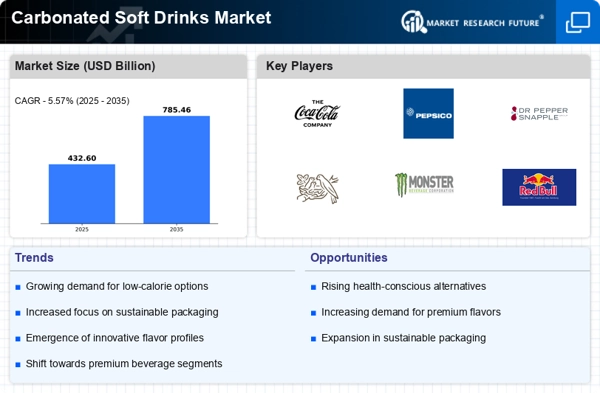
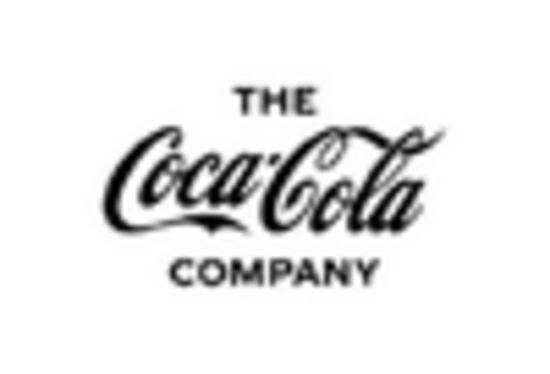
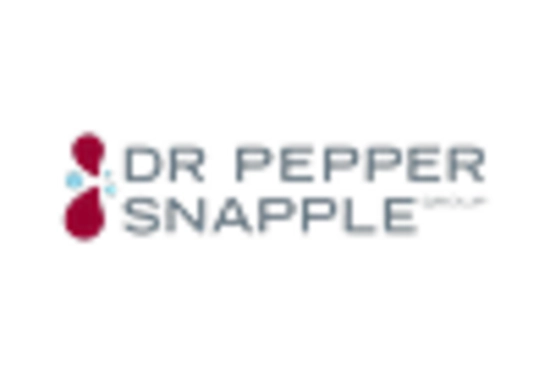
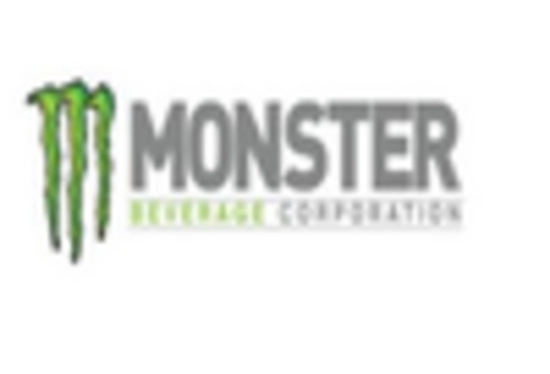

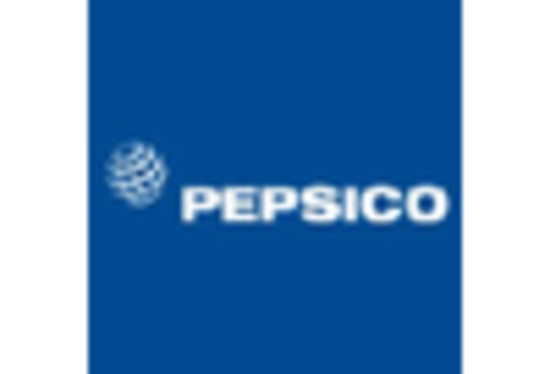
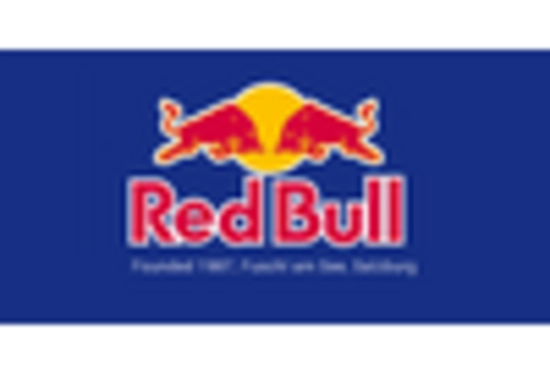

Leave a Comment